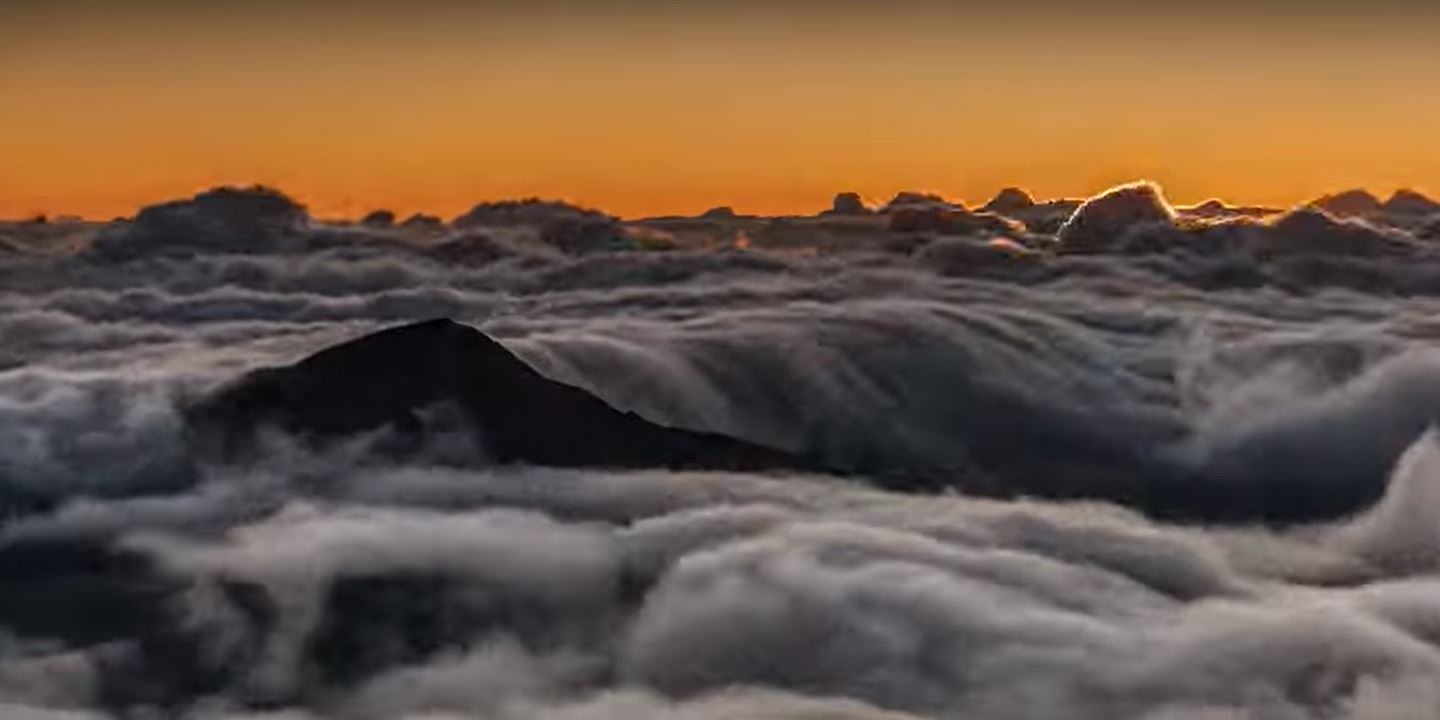
About us
Siemens Gamesa
We make real what matters: clean energy for generations to come
At Siemens Gamesa, when the wind blows, we see infinite possibilities. 40 years ago, we saw the potential to blend nature and engineering. We envisioned the possibility of powering factories and lighting up cities, all whilst cleaning the air we breathe. Today, we’ve made that vision a reality by producing clean energy to power our homes, schools, and hospitals to keeping us moving all over the world – from the largest cities to the most remote corners of the planet.
Contact Siemens Gamesa
You would like to find out more about us? Please don’t hesitate to contact us.
info@siemensgamesa.comOur years of experience in pioneering the wind industry have allowed us to deliver cutting-edge technology that harnesses the power of wind and unlocks its future potential to tackle the greatest challenge of our generation – the climate crisis.
Our turbines are representative of our commitment to building a better tomorrow. We bring engineering excellence to install and service thousands of turbines that are improving our planet’s health, generating over 130GW of wind power all over the world, which is enough clean energy to power more than 110 million households annually.
Beyond this, we deliver sustainable growth and significant value for local communities globally, building key infrastructure, creating jobs, developing skills and more.
Our turbines are representative of our commitment to building a better tomorrow. We bring engineering excellence to install and service thousands of turbines that are improving our planet’s health, generating over 130GW of wind power all over the world, which is enough clean energy to power more than 110 million households annually.
Beyond this, we deliver sustainable growth and significant value for local communities globally, building key infrastructure, creating jobs, developing skills and more.
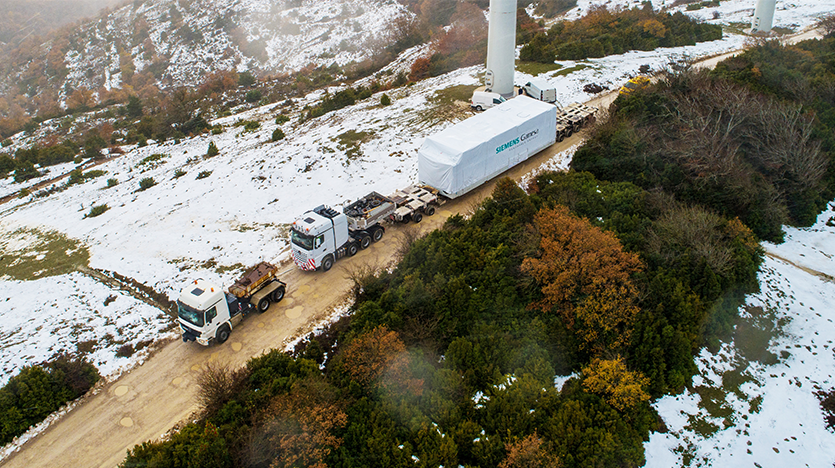
Our world-class team bring energy to life
We are a team of 28,150 individuals from over 100 nationalities, all motivated to tackle the greatest challenge of our generation – the climate crisis. We're inspired by the prospect of working in a continuously evolving industry alongside expert colleagues, pushing the boundaries of possibility.
The climate crisis cannot be tackled single-handedly, and through working with our customers and partners, we engineer, build and deliver clean energy to ensure that our collective contribution makes the most significant impact.
The climate crisis cannot be tackled single-handedly, and through working with our customers and partners, we engineer, build and deliver clean energy to ensure that our collective contribution makes the most significant impact.
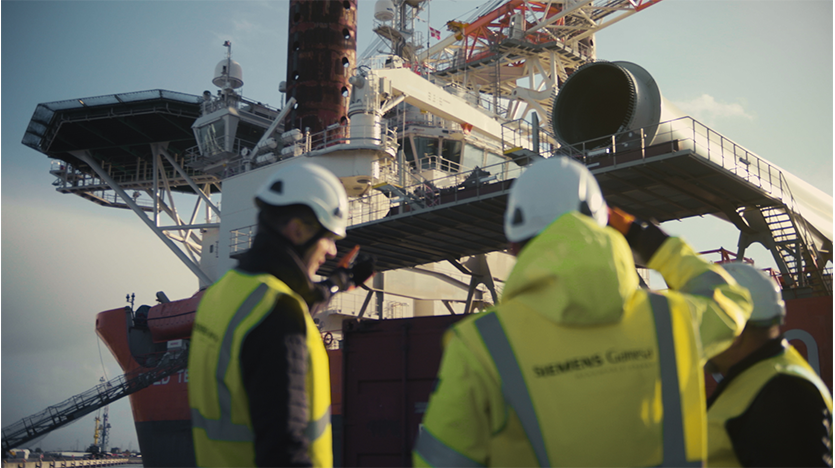
Leading position across the entire spectrum of wind
As the world’s only company operating at a global scale across the entire wind spectrum – onshore, offshore and services – we are well positioned to unlock the full potential of wind. We’re driven to push the technological boundaries of what’s possible and to innovate and deliver wind at an even more competitive cost.
Onshore wind energy today offers one of the most economical sources of electricity in most countries across the world. It is a major factor in driving a new era in the global energy transition.
Siemens Gamesa is a pioneer in the development and expansion of onshore wind, ensuring that onshore wind delivers value to all and positively impacts local communities. We hold the number one position in key markets across the Americas, Europe, Africa and Asia.
Siemens Gamesa is a pioneer in the development and expansion of onshore wind, ensuring that onshore wind delivers value to all and positively impacts local communities. We hold the number one position in key markets across the Americas, Europe, Africa and Asia.
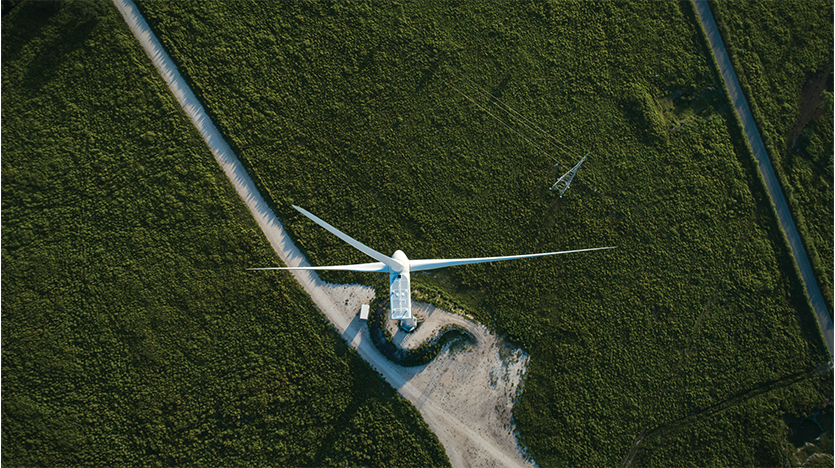
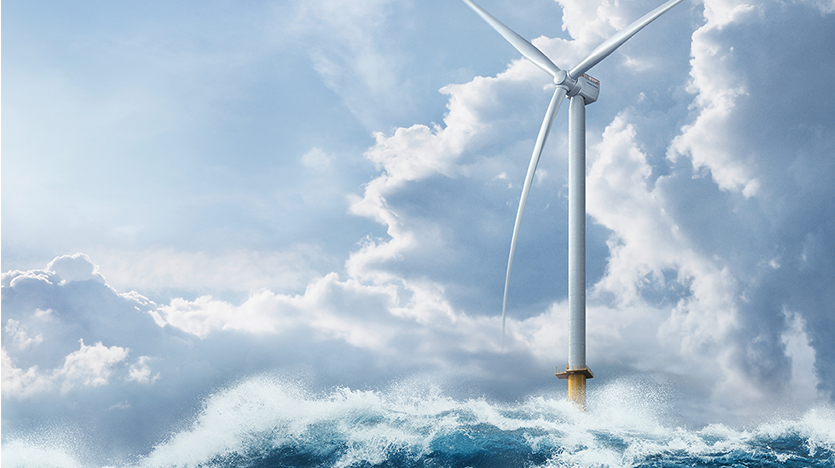
30 years ago, Siemens Gamesa started a global revolution in the wind industry by capitalizing on the most challenging and powerful winds -the ones produced at sea.
And now, with giant offshore wind turbines, the company has managed to harness more powerful wind energy at a greater scale. Today, as an Offshore global leader, we are better placed than ever to unlock the full potential of wind.
And now, with giant offshore wind turbines, the company has managed to harness more powerful wind energy at a greater scale. Today, as an Offshore global leader, we are better placed than ever to unlock the full potential of wind.
Today, wind turbines are found in increasingly remote locations worldwide. They face dramatically different environmental pressures and will have to endure over 120,000 operating hours over their lifetime.
To fully unlock the potential of wind power and deliver the greatest value to our customers, every aspect of a power plant needs to be considered.
Our services business leads the industry in operating, maintaining, and optimizing turbines, using big data to ensure that our products generate power for our customers for as long as possible.
To fully unlock the potential of wind power and deliver the greatest value to our customers, every aspect of a power plant needs to be considered.
Our services business leads the industry in operating, maintaining, and optimizing turbines, using big data to ensure that our products generate power for our customers for as long as possible.
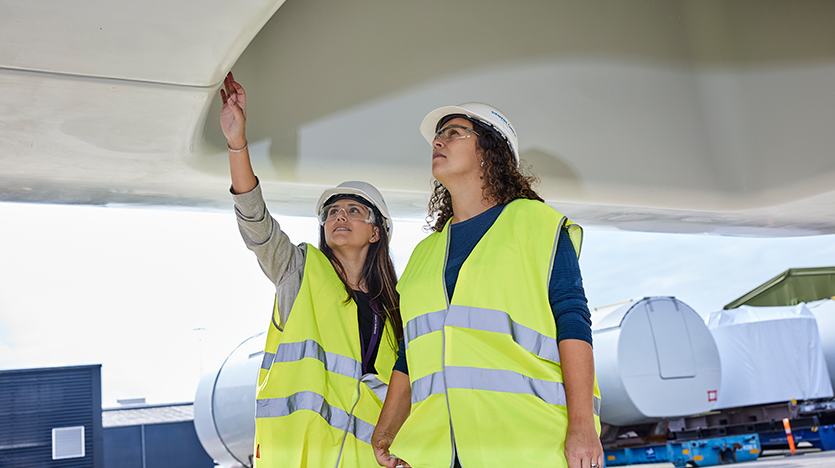
Taking wind to the next level
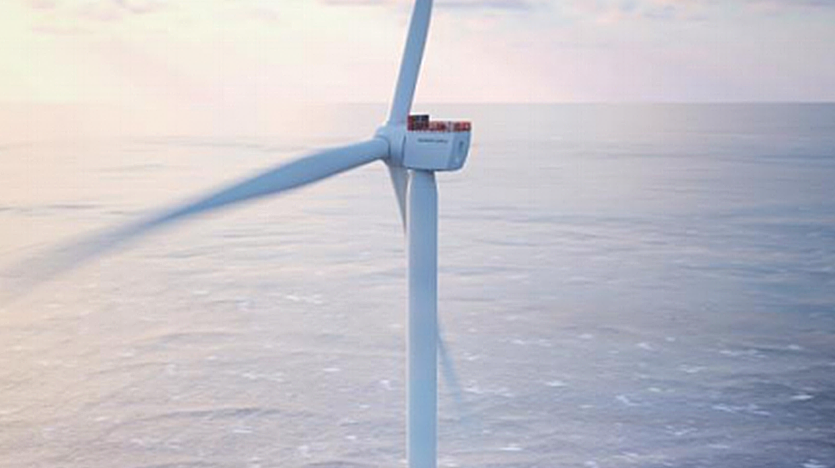
Innovation means evolution. As a technological leader we invest in the clean energy solutions that hold the promise of transforming the future.
To avert the climate crisis, it is crucial to decarbonize all parts of the economy, from power and heat to transportation and heavy industries.
To achieve this, we’re taking wind to the next level. We’re utilizing this ample, cheap and green power to develop new low-carbon solutions – like green hydrogen – whilst also developing complementary technologies – like energy storage – to enable the growth of wind in the future.
To avert the climate crisis, it is crucial to decarbonize all parts of the economy, from power and heat to transportation and heavy industries.
To achieve this, we’re taking wind to the next level. We’re utilizing this ample, cheap and green power to develop new low-carbon solutions – like green hydrogen – whilst also developing complementary technologies – like energy storage – to enable the growth of wind in the future.
Building a better tomorrow
We are proud to be making a positive difference in the world – providing clean energy sustainably and responsibly and securing a future for generations to come.
Our business is global, but our presence and impact are local. We live and work in the communities we power. Our reach extends beyond the walls of our factories and offices and even beyond the blades of our turbines.
Our impact is felt in how we support innovation in local schools and universities, how we help introduce new industries into regions that can prosper with clean, affordable energy; and by giving rise to new supply chains that multiply economic value and create jobs.
Our business is global, but our presence and impact are local. We live and work in the communities we power. Our reach extends beyond the walls of our factories and offices and even beyond the blades of our turbines.
Our impact is felt in how we support innovation in local schools and universities, how we help introduce new industries into regions that can prosper with clean, affordable energy; and by giving rise to new supply chains that multiply economic value and create jobs.
